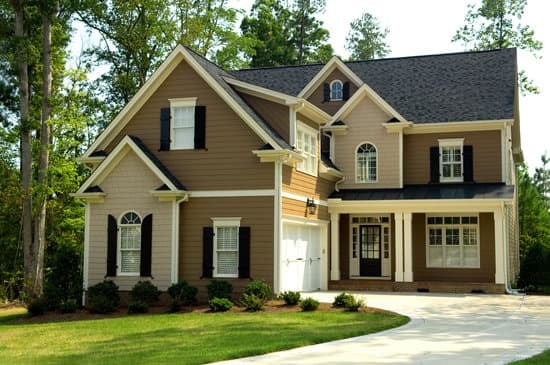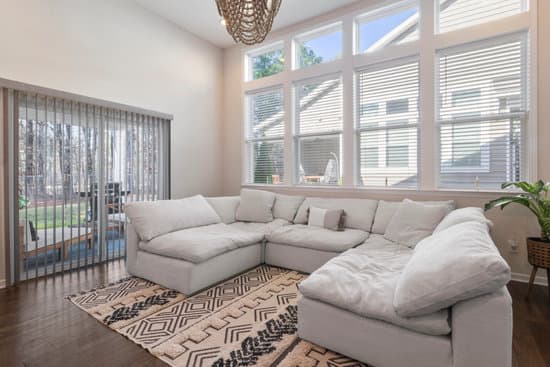Natural ventilation is an eco-friendly and cost-effective way to circulate fresh air within a space. There are several types of natural ventilation, each with their unique benefits. Here are the four types of natural ventilation:
Single-side ventilation: This type of ventilation involves opening windows on one side of a building to create a draft that pulls fresh air into the space while pushing out stale air. It is suitable for buildings with one external wall or where windows are located only on one side of the building.
Cross-flow ventilation: This type of ventilation involves installing low and high-level louvres on opposite walls of a room to allow air to circulate horizontally. Cross-flow ventilation is ideal for buildings with multiple external walls or where windows are on opposite walls of the building.
Stack vents: This type of ventilation involves using a passive tower turbine or a solar chimney to draw air out of a building while allowing fresh air to circulate in. Stack vents are suitable for buildings with a significant height difference between the inlet and outlet or where there is a vertical shaft that can be used to channel air flow.
Top-down ventilation: This type of ventilation involves using wind-catcher systems to capture prevailing winds and direct them downwards into a room. These systems work best in hot, arid climates and can significantly reduce cooling costs while improving air quality.
By understanding the different types of natural ventilation, homeowners and builders can customize their ventilation systems to suit their needs and environment. Regardless of the type of natural ventilation system employed, it is essential to ensure that there is an adequate supply of fresh air to promote the health and well-being of occupants.




















